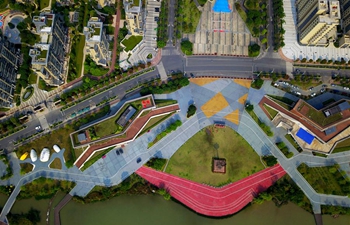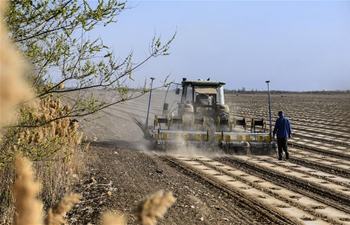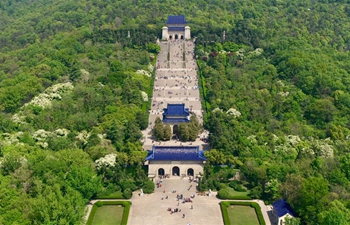HEFEI, April 25 (Xinhua) -- Eight sites of ancient ruins dating back more than 2,000 years ago to the Xia Dynasty (2070 BC-1600 BC) have been discovered in eastern China's Anhui Province, along with the progress of a major water conservancy project, local authorities said Thursday.
The eight newly-discovered sites include ruins of six ancient communities, a tomb group and a building. They are scattered in the city of Hefei, capital of Anhui, according to the provincial cultural relics and archaeology institute.
"It is believed that most of the sites were built between the Western Zhou Dynasty and the Spring and Autumn Period (1100 BC-476 BC), while only one site located in Sanguanmiao dates back to the middle and late Xia Dynasty (2100 BC-1600 BC)," said Gong Xicheng, deputy director of the institute.
Field archaeological excavation of the three sites has been completed, and excavation of the rest of the sites is still underway.
The major water conservancy project stretches more than 587 km in length. It will supply water for more than 51 million people living in Anhui and central China's Henan Province.
Forty-four ancient sites, tomb groups and buildings have been founded since the cultural relics and historical sites conservation, and archaeological work of the project started in 2014.

















